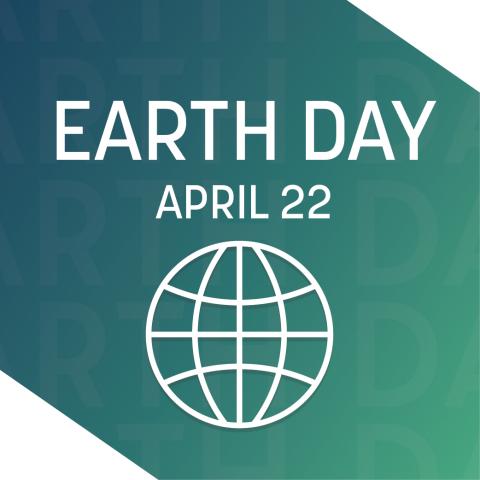Volunteer to Save the Planet
What is Earth Day?
Proposed by Senator Gaylord Nelson and named by ad man Julian Koenig (Earth Day like birthday), Earth Day was created to elevate environmental concerns to the national political agenda. At that time there weren’t regulatory or legal protections in place; the Environmental Protection Agency (EPA) didn’t exist nor did the Clean Air or Water Acts. Polluting the streams, lands, and air was the norm. The first Earth Day in April 1970 changed that. Across the Unites States, 20 million people demonstrated and shifted the focus onto environmental issues. Soon after, the EPA was authorized and created by Congress.
In 1990, Earth Day managed another major campaign. This time the event mobilized on a global scale, reaching ten times as many people and bringing 140 countries into action. Earth Day 1990 boosted recycling and set up the 1992 United Nations Earth Summit in Rio de Janeiro. In 2000, Earth Day leveraged the newly introduced internet to connect people worldwide and begin calling for immediate action on global warming and promotion of clean energy. Today, Earth Day is an international movement pushing for environmental policies at the local, national, and global levels.
How can I participate in Earth Day?
Commitment to green living requires day-to-day changes; you can find 52 ideas here. To celebrate the day itself and invest in the planet, try one of these three volunteer opportunities that invest in the planet.
- Host or participate in a community clean-up. Grab your family and friends, trash bags, grabbers, gloves, and hand sanitizer to pick up the garbage in your neighborhood or community. While you want to remove trash, litter, and recyclables, leave alone nature, encampments, dead animals, and hazardous items (like syringes). If you are making a long day of it, bring along water and snacks.
- Join a march or contact your elected official. Put on your walking shoes, make a poster, and hit the pavement to let your voice be heard. You can find a local rally here or build your own. Get creative with chants and don’t forget to share on social media. Writing your elected official is another way to amplify your voice. Politicians need to hear their constituents’ voices to legislate effectively. Find out how to write a compelling letter here.
- Organize a teach-in about environmental action. Knowledge is power and teach-ins help individuals and communities make changes. Learners develop the wisdom and skills to tackle complex environmental issues. The format is usually a lesson, followed by a group discussion which ends with a call-to-action to make a difference. You can find a toolkit to help here.
Saving the planet is not an easy task. We don’t need superheroes. We just need everyday people stepping up every day for change.
